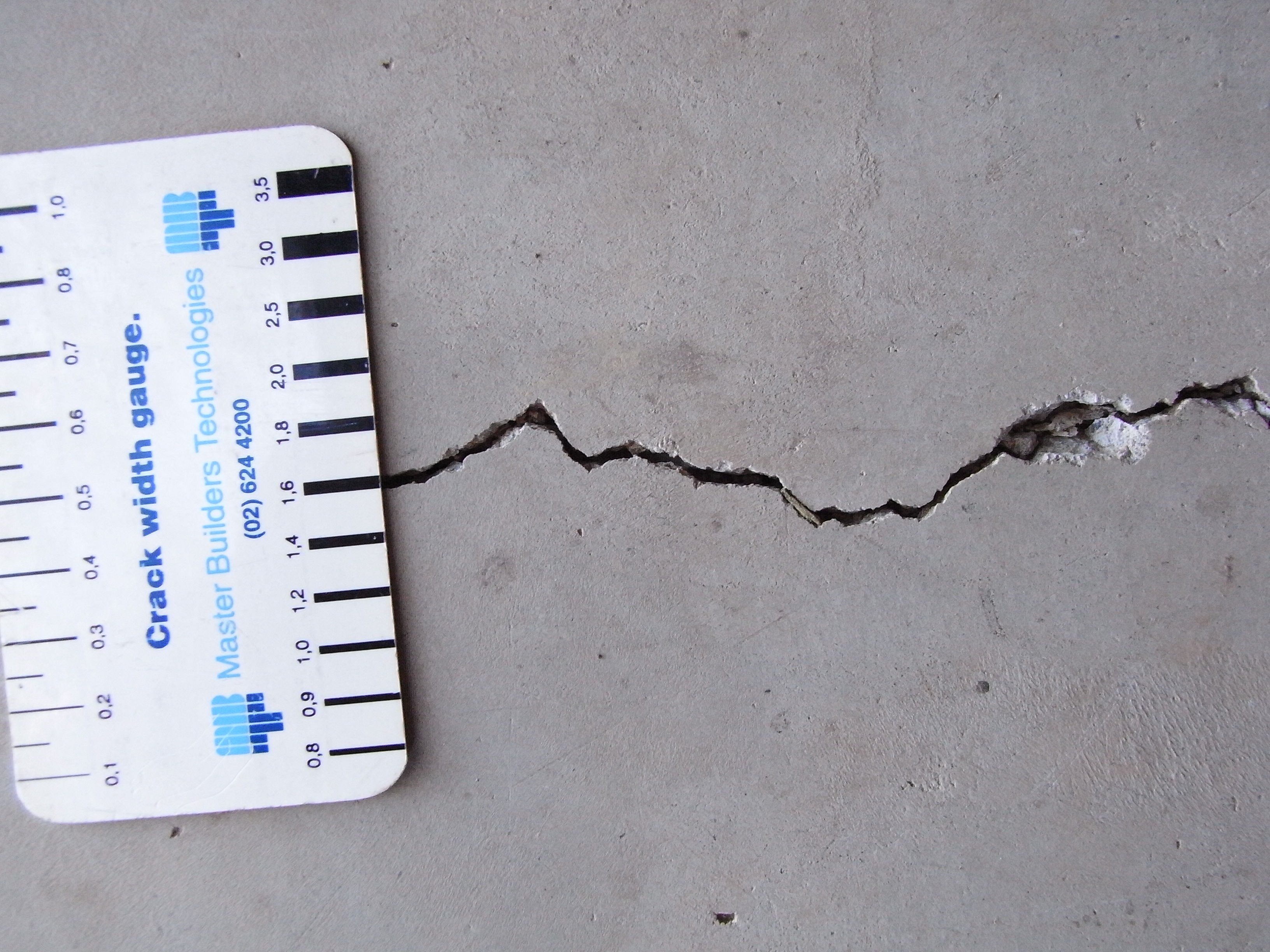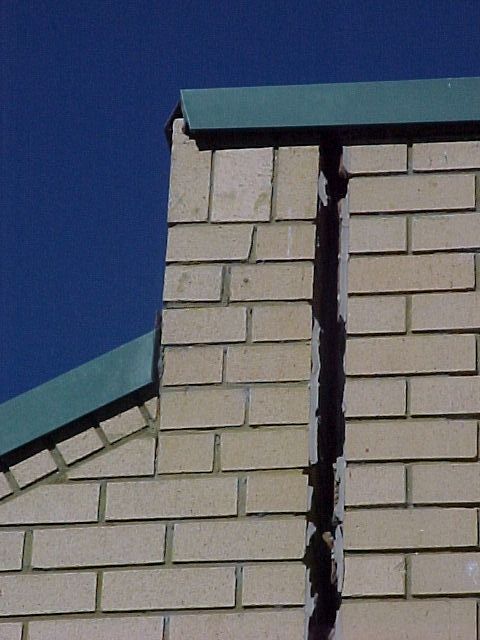Have you ever noticed cracks in your home or business?
If so, do not ignore them and contact us immediately to arrange an inspection by one of our certified structural engineers. Cracks are a common problem in buildings of all shapes and sizes (and ages). They can occur in many areas around a building including:
- walls
- ceilings
- flooring
- patios
- piers
- swimming pools
- driveways; and
- retaining walls.
Cracks can be caused by a variety of factors. But no matter what caused them in the first place, if left unattended, cracks can pose a serious risk to your most valuable asset your home. So do not delay.

How do cracks affect me?
Cracks are a sign that your building may have a serious structural problem and need the services of remedial engineers. If you spot cracks in your building, it's important to understand how they could affect your safety or result in costly repairs if left unchecked. Cracks typically start out as small openings in a wall or other structure that can have some pretty serious consequences for you and your property. For example, if the cracks let moisture into the building, they can cause mould growth inside the walls of your home. Mould thrives in moist environments and wall cavities are offer just the right conditions for mould to spread if water ingress is left unchecked. This can lead to allergic reactions if inhaled or contact with skin; even worse is long-term exposure to toxic mould spores (which are very difficult to get rid of). If unchecked, mould can cause serious respiratory problems such as asthma attacks or chronic sinusitis.
Long-term water ingress can also lead to costly problems for your property ranging from cosmetic peeling paintwork and musty odours to serious structural problems such as damp gyprock or flooring and wet rot and/or dry rot of structural timber frames.

Here are some of the most common reasons for cracks in buildings:
- The footings of your building are moving. This can be caused by many factors such as
- Reactive clay soils
- Influence of trees
- Poor drainage
- Settlement
- Overloading or overstressing
- Poor construction
- Sometimes cracks form where the building materials are moving, for example:
- Concrete shrinks with time from pouring and needs control joints
- Concrete expands when it gets hot and need expansion joints
- Bricks expand with time and need expansion joints
- Blockwork shrinks with time and need control joints
- Steel reinforcement expands when it rusts and can cause the surface concrete to crack and fall off. This is commonly known as concrete cancer.
- Steel beams expand when they rust (corrode) and can cause cracks in the item they are supporting
At Inhouse Consulting Engineers, we specialise in remedial engineering and structural design of building structures and we are your best protection against financial loss or harm from defective or structural failure. We are here to provide expert advice and help you protect your most valuable asset your home. Our goal is to ensure that your home or business premises is structurally sound and safe from costly damage.
Our experienced structural engineers will inspect your building and the cracks you have found (and look for the ones you do not even know you have). From there, our remedial engineers will investigate all the possible causes of the cracking or movement and once they are identified, provide a written report detailing those causes and providing a remedial action plan on how to reduce those causes and present a remedial work schedule to make your structure sound again.
Call or email us today to get reliable and trusted advice from nationally accredited structural engineers to assist with your cracking problem and prevent avoidable structural damage from risking your most valuable asset.
Inhouse Consulting Engineers have been proudly servicing the Sydney, Newcastle and Wollongong regions since 1989.

